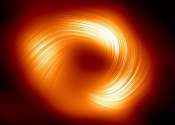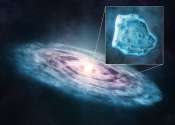The Harvard–Smithsonian Center for Astrophysics (CfA) is one of the largest and most diverse astrophysical institutions in the world, where scientists carry out a broad program of research in astronomy, astrophysics, earth and space sciences, and science education. The center's mission is to advance knowledge and understanding of the universe through research and education in astronomy and astrophysics.
The center was founded in 1973 as a joint venture between the Smithsonian Institution and Harvard University. It consists of the Harvard College Observatory and the Smithsonian Astrophysical Observatory. The center's main facility is located between Concord Avenue and Garden Street, with its mailing address and main entrance at 60 Garden Street, Cambridge, Massachusetts. Beyond this location there are also additional satellite facilities elsewhere around the globe. The current director of the CfA, Charles R. Alcock, was named in 2004. The director from 1982 to 2004 was Irwin I. Shapiro.
- Address
- 60 Garden St., Cambridge, Massachusetts, United States
- Website
- http://www.cfa.harvard.edu/
- Wikipedia
- http://en.wikipedia.org/wiki/Harvard%E2%80%93Smithsonian_Center_for_Astrophysics
Some content from Wikipedia,
licensed under CC BY-SA
Subscribe to rss feed









